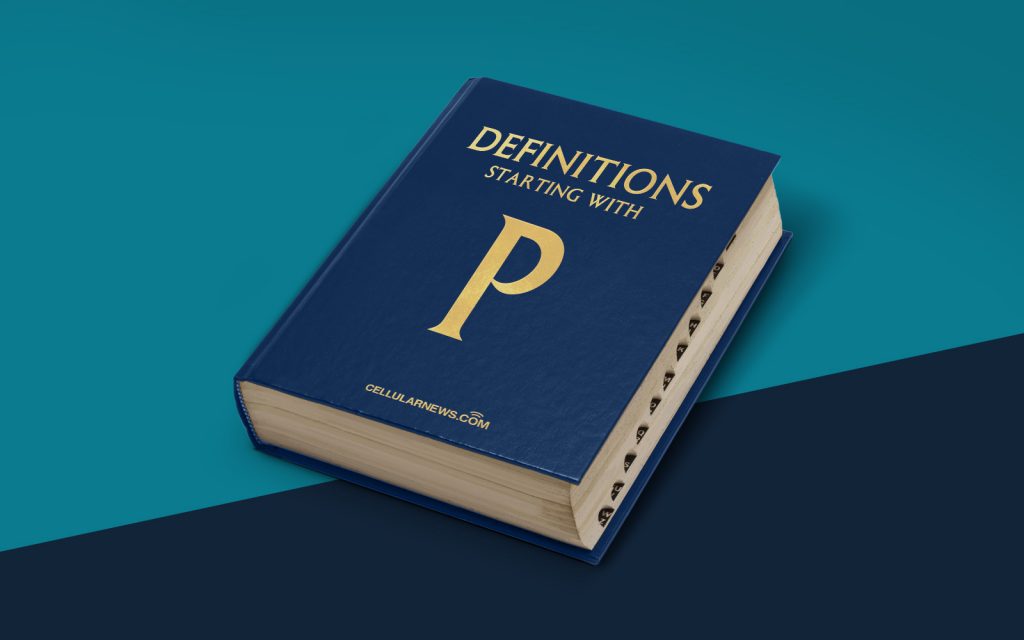
What is a Programming Language?
Welcome to our “DEFINITIONS” category, where we dive deep into the world of technology and break down complex concepts into simple terms. In this blog post, we will explore the fascinating topic of programming languages. So, what exactly is a programming language?
In simple terms, a programming language is a formal language that provides a set of rules and syntax for creating computer programs. It acts as a medium of communication between humans and machines, allowing developers to write instructions that can be executed by a computer.
Key Takeaways:
- A programming language is a formal language used to create computer programs.
- It serves as a communication medium between humans and machines.
A programming language consists of a series of commands, functions, and symbols that enable programmers to write code. It provides a systematic way to express algorithms, logic, and data manipulation, and allows developers to solve complex problems efficiently. Just like human languages, programming languages have grammar and vocabulary that need to be followed for the code to be valid and understandable by the computer.
Programming languages vary in their design, purpose, and complexity. There are numerous programming languages available, each catering to different needs and domains. Some of the popular programming languages include:
- Java: Known for its versatility, Java is widely used for building desktop, web, and mobile applications.
- Python: Loved for its simplicity and readability, Python is used for various purposes, ranging from web development to data analysis and artificial intelligence.
- C++: A powerful language used for system programming, game development, and high-performance applications.
- JavaScript: Primarily used for web development, JavaScript adds interactivity and dynamic features to websites.
While each programming language has its own unique syntax and usage, they all share the common goal of providing a way to instruct computers to perform specific tasks. The choice of programming language depends on factors such as the project requirements, available resources, and personal preference of the developers.
Programming languages evolve over time, with new languages being developed and existing ones being improved. This continuous innovation in programming languages helps developers stay relevant and adapt to the changing needs of the technological landscape.
Key Takeaways:
- Popular programming languages include Java, Python, C++, and JavaScript.
- The choice of programming language depends on project requirements and personal preference.
In conclusion, a programming language is a critical tool that enables developers to communicate with computers and create amazing software solutions. Whether you’re a seasoned programmer or just starting your coding journey, understanding programming languages is essential for unlocking the full potential of technology and solving real-world problems.
We hope this blog post has shed some light on the intriguing world of programming languages. Stay tuned for more insightful articles in our “DEFINITIONS” category!
